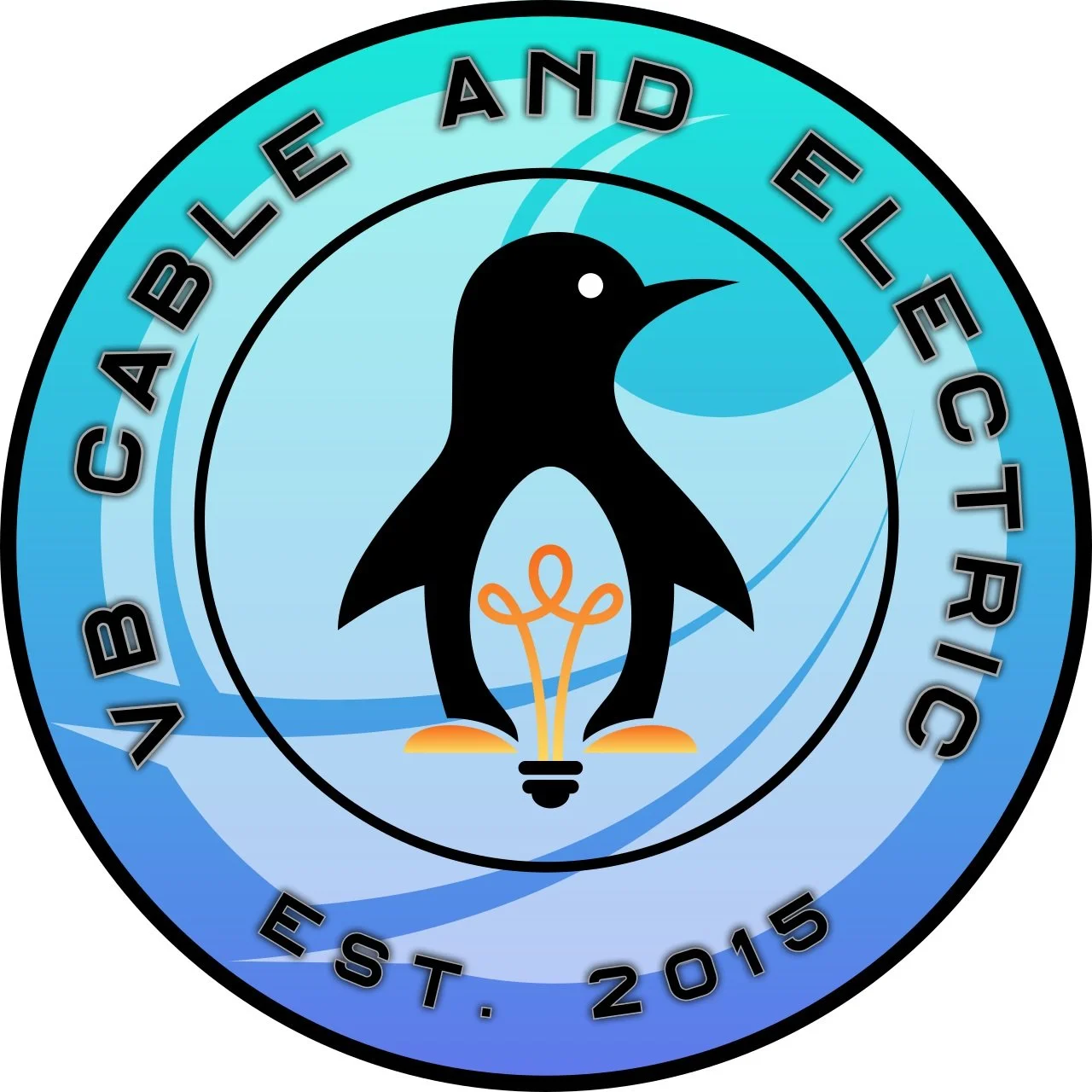How to Protect Your Home from Electrical Surges
Electrical surges can cause significant damage to your home’s appliances, electronics, and wiring. Whether caused by lightning, power grid fluctuations, or faulty wiring, surges pose a risk to both your home and your safety. Protecting your home from electrical surges is essential for preventing costly repairs and ensuring the longevity of your electrical system. Here’s how to safeguard your home from unexpected power surges.
1. Install a Whole-House Surge Protector
A whole-house surge protector is the first line of defense against power surges. It is installed at your electrical panel and protects all appliances and outlets from voltage spikes.
Benefits:
Shields your entire electrical system from external and internal surges
Prevents damage to expensive electronics and appliances
Reduces the risk of electrical fires caused by power fluctuations
2. Use Surge-Protected Power Strips
Surge-protected power strips provide an extra layer of defense for individual devices, such as computers, TVs, and home theater systems.
How to Choose the Right One:
Look for UL-listed surge protectors with a high joule rating (at least 1,000-2,000 joules for home use).
Ensure the power strip has an automatic shutoff feature to prevent overheating.
Replace old surge protectors every few years, as they lose effectiveness over time.
3. Upgrade to High-Quality Electrical Outlets
Standard electrical outlets may not provide enough protection against internal power surges. Upgrading to surge-protected outlets helps regulate voltage fluctuations and prevents damage to plugged-in devices.
Recommended Upgrades:
GFCI (Ground Fault Circuit Interrupter) outlets for moisture-prone areas like kitchens and bathrooms
AFCI (Arc Fault Circuit Interrupter) outlets to prevent electrical fires
USB surge-protected outlets for safer device charging
4. Unplug Devices During Storms
Lightning strikes are a leading cause of electrical surges. Unplugging non-essential electronics during thunderstorms can prevent damage.
Best Practices:
Unplug TVs, computers, and kitchen appliances when not in use.
Use battery backups (UPS – Uninterruptible Power Supply) for critical devices like medical equipment and security systems.
5. Maintain Your Home’s Wiring
Faulty or outdated wiring can contribute to internal power surges. If your home is older or has flickering lights and tripping breakers, an electrical inspection is recommended.
Signs You Need a Wiring Upgrade:
Frequently tripping breakers
Burning smells near outlets
Discolored or scorched outlets
Buzzing sounds from walls or electrical panels
6. Monitor Your Home’s Voltage Levels
A voltage monitoring device helps detect irregular voltage fluctuations before they cause serious damage. These monitors can alert homeowners to unsafe voltage levels that might indicate a larger electrical issue.
7. Invest in a Backup Generator or Battery System
Power outages and surges often go hand-in-hand. A backup generator or home battery storage system can provide consistent power and prevent sudden surges when electricity is restored.
Why Consider It?
Prevents sudden voltage spikes when power returns after an outage
Ensures a stable power supply for sensitive electronics and appliances
Protect Your Home with VB Cable and Electric!
Electrical surges can strike at any time, but the right precautions can keep your home safe. At VB Cable and Electric, we specialize in whole-house surge protection, wiring upgrades, and electrical safety solutions. Contact us today to schedule an inspection and safeguard your home from power surges!
